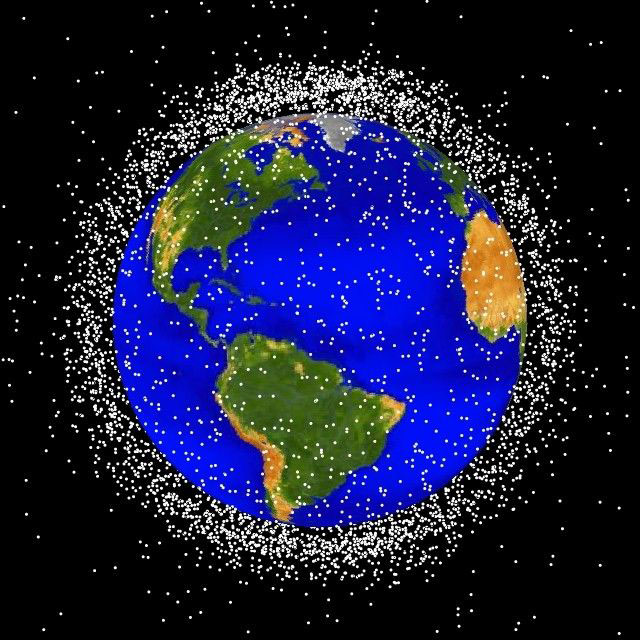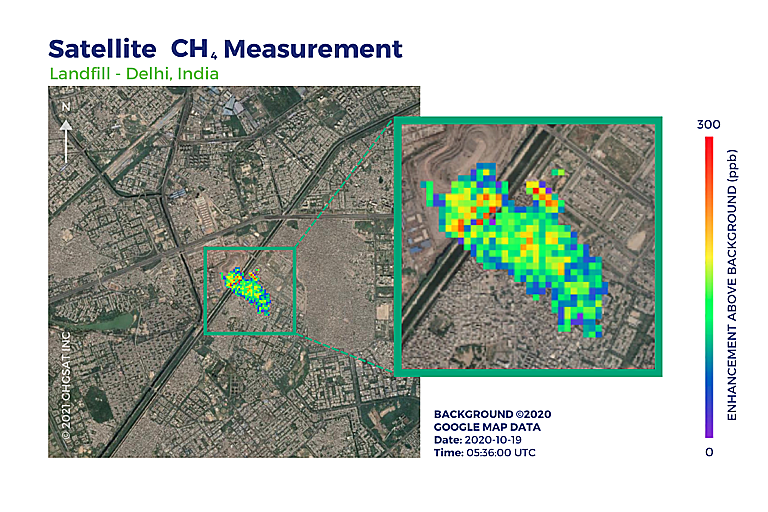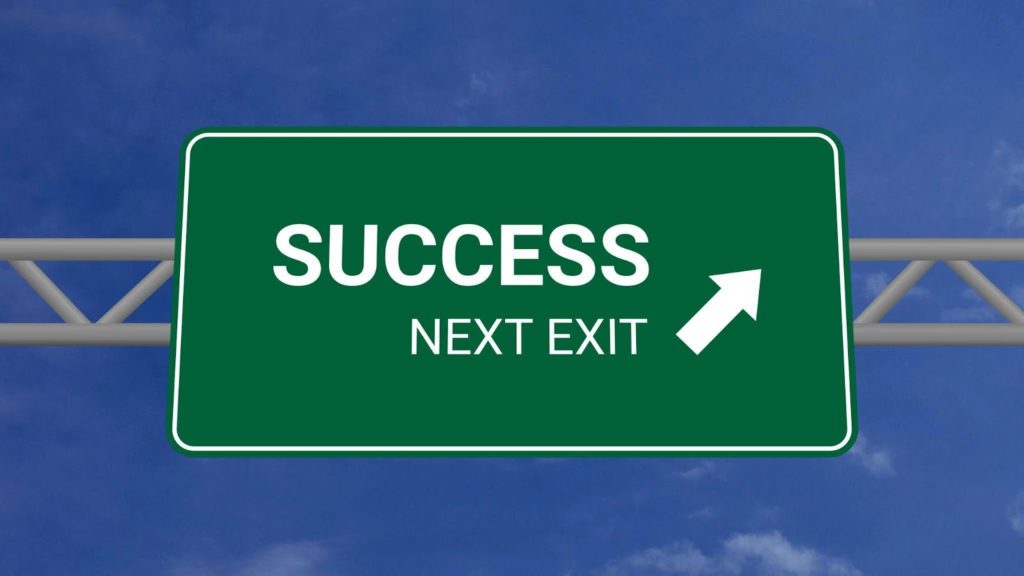The US Government phased out the shuttle program and partnered with Russia to continue research. Funding for space exploration had already faded from it’s peak at above 4% of the national budget in 1966 during the first space race between the United States and the Soviet Union, to less than 1% of the federal budget, and currently lands below ½% [source: Planetary.org]
In July, 2021, the NEW space race went head to head – Brunson vs Bezos.
How did the private sector take over the domain of government-sponsored scientific breakthroughs and is there an opportunity for you to get in on the action?
Commercializing Space
Before NASA had phased out the shuttle program, SpaceX was raising funds and looking to the stars. Founded by Elon Musk in 2002, even before he started Tesla in 2003, he was looking at frontiers beyond earth-bound travel. Virgin Galactic, founded by British entrepreneur Richard Branson in 2004, entered this new type of space race
Elon Musk’s goal was to reduce costs of space transportation in order to enable colonization of Mars. Richard Brunson’s goal was space travel as well.
But even before Musk in 2002, and Branson in 2004, Jeff Bezos founded Blue Origin. I recall reading a WIRED Magazine article in December of 1999 that featured Bezos as “Man of the Year” [source: WIRED] Back then, Amazon was just selling books, but yet in the middle of the tech stock crisis that decimated stock values for companies like Amazon and Microsoft, On September 8, 2000, Bezos founded Blue Origin, also in the quest to make access to space cheaper and more reliable through reusable launch vehicles.
To beginner angel investors, who were focused entirely on stock market information, most only heard that Musk was in the space business when one of his test rockets exploded or failed during launch between 2006 and 2008. Branson, likewise experienced an explosion during testing components of the rocket motor planned for use in flights, which resulted in 3 employee fatalities and 3 employees being critically injured. Bezos’ Blue Origin didn’t do a first development test flight until 2015. [source: wikipedia]
An interesting side-by-side comparison of capital raised, and valuation is in these two graphs, created by Stanford Venture Capital Initiative and TechCrunch. [source: craft.co]

Riding the Billionaire Space Race Wake
While traditional names in aerospace like Northrop-Grumman with satellite launches and 16 unmanned supply delivery to the International Space Station, SpaceX has sent over 22 cargo resupply shipments. But there are other needs that startups are fulfilling. Here are four startups but as you do your own research, you’ll find there is a lot of opportunity in this industry.
Leolabs
If you ever saw the 2013 Sandra Bullock-George Clooney movie “Gravity”, you gained a fictionalized perception of the dangers space junk poses to space research structures and astronauts. There’s actually a lot of junk out there – 27,000 pieces of orbital debris according to NASA. But there’s also much smaller debris that is too small to be tracked but large enough to threaten human spaceflight and robotic missions in the near-Earth space environment. The debris travels at approximately 15,700 mph in low Earth orbit so a tiny particle colliding with a spacecraft could create big problems.

LeoLabs addresses these safety risks through an expanding radar system built to track this junk in low Earth orbit (LEO). Founder, Ed Lu described the space station’s hull that shields astronauts from objects smaller than 2 centimeters. Most objects smaller than 10 centimeters are not tracked, meaning astronauts would have no warning if a smaller piece of debris suddenly pierced the hull. “We can change that. With… radar we will have the capability to provide collision-avoidance services for objects too small to be currently tracked.” [source: Space News] They have radar locations now established in Alaska, Texas, New Zealand, and Costa Rica, with a recent announcement of an expansion to the system to the Azores in Portugal.
LeoLabs has raised $82 Million so far, with a Series B round just this past June, 2021. Investors included Insight Partners (Jeff Horing, Jerry Murdock) and Velvet Sea Ventures, which has also invested in Twitter, Square, SpaceX, Snap, Facebook, Pinterest, Domo, Buzzfeed and more. [source: crunchbase]
LeoLabs founders include former NASA astronaut Ed Lu, along with Daniel Ceperley, John Buonocore and Michael Nicolls who came from SRI International – a nonprofit research institute supporting government and industry that employs over 1500 scientists, engineers, technologists, policy researchers, and corporate/support staff. [source: LeoLabs, SRI.com] Nicolls left LeoLabs to join the team at SpaceX. [source: LinkedIn]
GHGSat
GHGSat (GreenHouseGas Satellites) is leveraging space to track greenhouse gas through imaging technology using small satellites that measure just 20 x 30 x 40 cms. (it would fit in your college backpack but you’d look like you were packing four or five thick textbooks).
GHGSat helps the oil and gas, coal mining and waste management industries accurately and precisely monitor emissions around sites quickly and at a lower cost compared to on-the-ground monitoring operations.

[source: GHGSat]
GHGSat has raised $87.5 Million since beginning in 2011. Series A funding in May of 2016 preceded the launch of its first satellite just a month later. The most recent Series B round was just a month ago (July 15, 2021) which raised $45 Mil from SpaceAngels and Space Capital; both based out of New York, Schlumberger, which is based out of Houston and other investment firms from Quebec and London. [source: crunchbase]
GHGSat is based out of Montreal, Quebec and founded by Stephane Germain in 2012. Germain has a bachelor’s degree in Applied Science, Engineering Physics and n MBA; he worked for Bain out of Boston, Massachusetts for 6 years before joining Xiphos Systems Corporation which is the parent company of GHGSat.
Orbital Insight
Orbital Insight is in essence a data analytics company. Orbital Insight was founded in 2013 by James Crawford, whose background in artificial intelligence systems with Bell Labs, Google Books and NASA’s Mars Rover project
The company helps defense, intelligence and law enforcement analyze situations, detect anomalies and visualize dynamic threats globally. They help consumer goods companies uncover links in their supply chain and the supply chains of their competitors for better strategic decisions and make more progress toward sustainability goals. They work with energy and industrials to monitor global facility outages and anomalies in near-real-time to gain intelligence, size up new opportunities and improve margins. Geospatial solutions also reach into real estate, helping customers get a true trade analysis, gain an objective reality check on resources and improve due-diligence. And the financial services industry gets near-real-time data monitoring trends in industries, regions, companies or goings-on at specific locations. [source: Orbital Insight]
Organizations who have benefited from Orbital Insight’s work includes World Bank to analyze poverty data, e-GEOS, S.p.A., Bloomberg, Airbus, Planet Labs, just to name a few.
Investors include ClearVision Ventures, Google Ventures, and Sequoia Capital. Total funding to date is at $128.7 million with Series D round in November 2019.
Slingshot Aerospace
Slingshot Aerospace specializes in “situational intelligence” with data analytics, helping companies in aerospace and defense make sense of the massive amount of data collected by observation technology on satellites, planes and drones. The company builds space simulation and analytics solutions incorporating virtual reality space simulators. This has application in not just science, but in entertainment as well, partnering with the VFX studio Third Floor which has worked on projects like the Gravity movie I mentioned earlier, as well as the Martian and The Mandaorian.
The company pivoted a bit during the pandemic to adapt their earth mapping tool to help people in the Los Angeles area locate free or low-cost food. [source: Fast Company]
Just this week, (August 12, 2021) Slingshot Aerospace announced the launch of “Slingshot Beacon”, a collision avoidance collaboration and communication platform for space. The platform helps with the anticipated challenge of dealing with 115,000 satellites expected to be in space around the Earth by 2030, meaning more potential for collision avoidance decisions that will have to be made. Source: businesswire]
Slingshot Aerospace is a relatively new company, with pre-seed funding beginning in 2017, and most recently its Series A round October 29, 2020; a total of $19.5 Million to date. Investors include ATX Venture Partners, Techstars Ventures, Gregory Mead, Keith Masback and others. [source: crunchbase]
Bottom Line:
The startups in the space race are looking ahead to data needs and safety as we put more humans into the space experience. It’s not just about Mars and beyond, but the research derived from these innovators will be instrumental as bases free of Earth’s gravity will help stair-step us into new exploration. NASA already has plans for the first American Astronauts to explore the Moon’s South Pole, looking for water and other resources that may eventually lead to the precise location of Artemis Base Camp. [source: NASA] There is a lot of technology to be developed between here and there with opportunities for entrepreneurs and investors alike.







1 Comments
Thanks very much Jeff, I find this type of information the most insightful of my reading type. Always dreamed I’d get to space or at least fly a helicopter. I have seen several new helicopter drone Transport Services coming down the line as well, keep an eye out for one of those I would be quite interested. Pricing put some equal to an Uber within 3 years but so cool check them out online dude. Take care of Jeff please stay safe with your beautiful family.